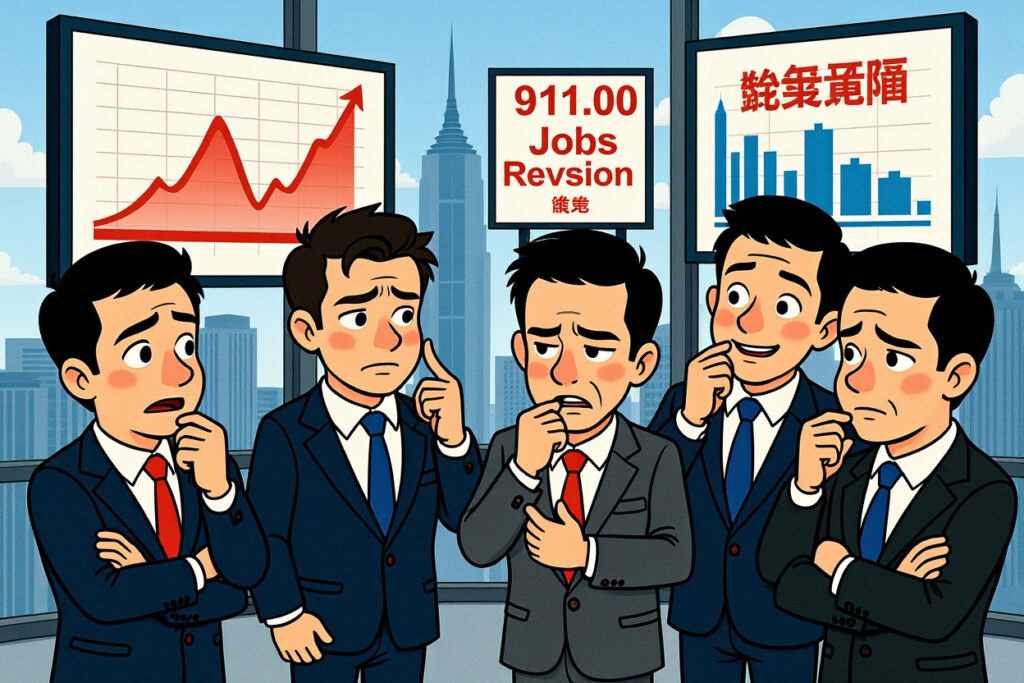The U.S. Supreme Court has stepped into a high-stakes legal battle over former President Donald Trump’s authority to impose sweeping global tariffs. On Tuesday, the court agreed to review whether these tariffs, which lower courts deemed an overreach of executive power, were lawfully implemented. This landmark case could redefine presidential authority in trade policy for generations. With oral arguments set for the first week of November, the business community, legal experts, and policymakers are closely watching how the justices will navigate this contentious issue. The outcome may determine the future of U.S. trade relations and the limits of White House power in imposing economic measures.
– The Supreme Court will hear arguments on the legality of Trump’s global tariffs in November.
– Lower courts previously ruled that most of these tariffs exceeded presidential authority.
– The case was fast-tracked after the Trump administration requested an expedited review.
– Learning Resources, a family-owned toy company, is also challenging the tariffs.
– The ruling could set a major precedent for executive power in trade policy.
Background of the Global Tariffs Dispute
The controversy stems from the Trump administration’s use of Section 232 of the Trade Expansion Act of 1962, which allows the president to impose tariffs on imports deemed a threat to national security. Trump invoked this authority to levy global tariffs on steel, aluminum, and other goods, arguing that reliance on foreign imports compromised U.S. economic security. However, critics contended that the move was less about national security and more about protectionist trade policies.
Lower Court Rulings
Multiple federal courts previously found that the Trump administration overstepped its authority in implementing these global tariffs. In one notable ruling, the U.S. Court of International Trade stated that the tariffs were not justified under national security grounds and represented an abuse of executive power. These decisions created legal uncertainty for businesses that had already paid billions of dollars in tariffs.
Supreme Court’s Role in the Case
The Supreme Court’s decision to take up the case signals its recognition of the national significance of the issue. By agreeing to hear the appeal, the justices are poised to resolve a split among lower courts and provide clarity on the limits of presidential power in trade matters. The court’s involvement also underscores the legal complexity of global tariffs and their far-reaching implications.
Expedited Timeline
In an unusual move, the Supreme Court fast-tracked the case, scheduling oral arguments for the first week of November. This accelerated timeline suggests the justices are aware of the economic urgency surrounding the issue. Businesses affected by the tariffs have been operating in a state of uncertainty, and a prompt resolution could alleviate some of these concerns.
Economic Impact of Global Tariffs
The implementation of global tariffs had a profound effect on various sectors of the U.S. economy. While some domestic industries, such as steel and aluminum production, benefited from reduced competition, many others faced higher costs and supply chain disruptions. Small and medium-sized businesses, in particular, struggled to absorb the increased expenses, leading to job losses and reduced competitiveness.
Case Study: Learning Resources
Learning Resources, a family-owned toy company, is one of the plaintiffs challenging the tariffs. The company argued that the tariffs on Chinese-made educational toys severely impacted its operations, forcing it to raise prices and reduce its workforce. This case highlights how global tariffs can disproportionately affect smaller businesses with limited resources to navigate trade wars.
Legal Arguments For and Against the Tariffs
Proponents of the tariffs argue that the president has broad authority under Section 232 to take action against unfair trade practices. They claim that global tariffs are necessary to protect domestic industries and national security. On the other hand, opponents contend that the Trump administration misused this authority, imposing tariffs for economic rather than security reasons.
Precedent and Presidential Power
The Supreme Court’s decision will likely hinge on its interpretation of presidential power under the Trade Expansion Act. If the justices uphold the tariffs, it could expand the executive’s ability to implement similar measures in the future. Conversely, a ruling against the tariffs may reinforce congressional authority over trade policy.
Global Reactions to the Tariffs
The Trump administration’s global tariffs sparked international backlash, with trading partners like the European Union, China, and Canada imposing retaliatory measures. These actions led to increased tensions and disrupted long-standing trade relationships. The Supreme Court’s ruling could either ease these tensions or further complicate U.S. foreign policy.
Retaliatory Measures
Countries affected by the tariffs responded with their own levies on U.S. goods, ranging from agricultural products to manufactured items. This tit-for-tat escalation harmed exporters and farmers, who found themselves caught in the crossfire of a trade war they did not start.
What to Expect from the Oral Arguments
The November oral arguments will provide insight into how the justices view the case. Key questions may include whether the tariffs were truly motivated by national security concerns and whether the president overstepped constitutional boundaries. The outcome will have lasting implications for future administrations and their ability to use trade as a policy tool.
Potential Outcomes
Legal experts suggest several possible rulings:
– The Supreme Court could uphold the tariffs, affirming broad presidential authority.
– It might strike down the tariffs, limiting future use of Section 232.
– The justices could issue a narrow decision, focusing on specific aspects of the case without setting a sweeping precedent.
The Supreme Court’s involvement in the global tariffs case marks a critical juncture in U.S. trade policy. Its decision will not only determine the legality of Trump’s measures but also shape the balance of power between the executive and legislative branches. For businesses, investors, and trading partners, the ruling could bring much-needed clarity or further uncertainty. As the November arguments approach, stakeholders should stay informed and prepared for any outcome. Follow reliable sources for updates on this evolving story.




